OxAria is a Natural Environmental Research Council funded collaboration between the University of Birmingham and University of Oxford, supported by public and commercial partners, applying advanced technological and environmental health expertise to understanding the air and noise quality impacts of COVID-19 across Oxford City.
National public health measures introduced to limit the spread of COVID-19 have exerted major impacts on the way we travel and live our lives. In Oxford, substantial reductions in traffic levels were observed during the early pandemic phase; however impacts upon local and regional air quality remain uncertain. We also do not yet know how communities and wider society will adjust to these changes in the longer-term and how these will shape future environmental and public policy.
OxAria seeks to address these research questions using a range of environmental datasets:
- Reference measurements from national Defra air quality monitoring stations in Oxford City centre, enabling validation and calibration of air pollutant measurements.
- A cross-city network of air pollution sensors mounted on buildings, continuously transmitting air quality measurements across a cloud-based data network.
- A cross-city network of acoustic sensors at roadside, residential and green space locations to capture audible noise volume and frequency.
- Information from Vivacity Labs roadside transport detection sensors managed by Oxfordshire County Council, providing real time information on how people are travelling around the City (e.g. by foot, bike, car, bus).
The application of high-resolution sensing technology in this context provides potential to measure air pollution at an unprecedented scale and scope – providing a more comprehensive picture of air pollution across Oxford that has previously been possible.
Data obtained before, during and after relevant COVID-19 restrictions will be used to understand impacts upon traffic, air and noise pollution levels and to assess implications for healthy life expectancy and therefore human health. This information will be used to provide an evidence-base for air quality policy within local authorities, public agencies and national Government.
